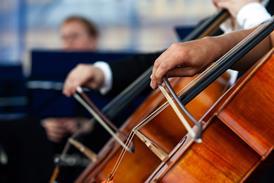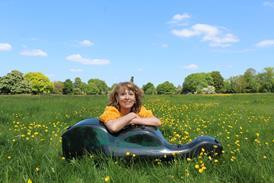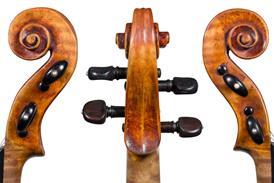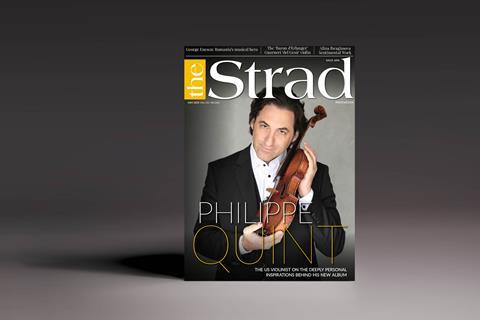The French violinist shares her wisdom on giving a convincing historically-informed performance

1. Think about posture
If you are holding the violin without a chinrest, it’s very important that your body is in the right kind of state to ‘welcome’ the instrument.
So any kind of body and mind technique is useful: I do a lot of Alexander Technique and I also recommend reading André Bernard’s Ideokinesis: A Creative Approach to Human Movement and Body Alignment, which focuses on ways of using the imagination to retrain the body to move with ease.
2. Concentrate on the bass line
This is crucial in chamber music, where our parts are so connected to the bass line. I spend a lot of time singing the bass line while playing my part, and sometimes I even used to record it to play back while I was practising on my own, which also helped me to refine my rubato.
3. Don’t forget about breathing
It is crucial that the music breathes with you, so it’s always important to stay connected with your in-breaths and out-breaths.
You can try to imitate the breathing patterns of singers, but I take a lot of inspiration from wind players: the lightness of wind instruments is very well suited to Baroque music, and so is their particular kind of expressivity and rhetoric.
4. Take lessons from dance
I love to learn from dance, and not just Baroque dance. Music is intimately connected with movement, and watching dance teaches you a lot about how to escape gravity, how to take advantage of it, and how to manipulate the shape of the beat.
5. Read about bowing
One book I highly recommend is The Art of Playing the Violin by Francesco Geminiani, who had a very curious, investigative approach to bowing. He could look at just six notes and come up with a huge array of bowing combinations. It’s fascinating to read and always makes me think about I use my own bow.
Read our review of Amandine’s Haydn CD, recorded with cellist Marco Ceccato and the Baroque group, Gli Incogniti


































No comments yet